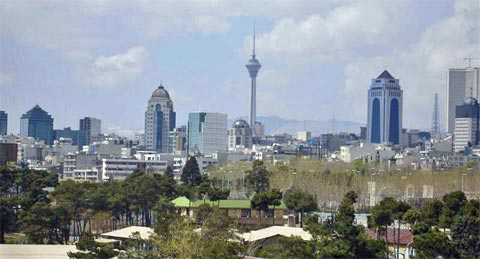Iran is one of the magnificent civilizations of the Near East. Today it is famous for art, architecture, and poetry. In many ways, the reality is better than the image because Iran is one of the few countries where you can delve into an ancient culture and experience a lifestyle that has now disappeared from most of the modern world. What is less-known is that visitors can see archaeological and cultural sites spanning over 10,000 years To help you plan your trip,
Iran is a regional power, and holds an important position in international energy security and world economy as a result of its large reserves of petroleum and natural gas.
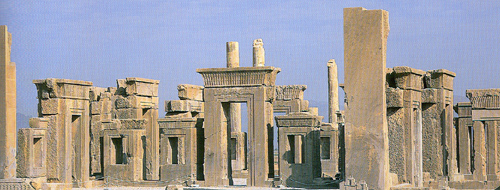
Iran has a hot, dry climate characterized by long, hot, dry summers and short, cool winters. The climate is influenced by Iran's location between the subtropical aridity of the Arabian desert areas and the subtropical humidity of the eastern Mediterranean area. January is the coldest month, with temperatures from 5°C to 10°C, and August is the hottest month at 20°C to 30°C or more.
In most of the areas, summers are warm to hot with virtually continuous sunshine, but high humidity on the southern coastal areas of the Persian Gulf. Daily Temperatures can be very hot; on some days temperatures can reach easily 40°C or more, especially along the Persian Gulf and Oman Sea which causes a danger of heat exhaustion.
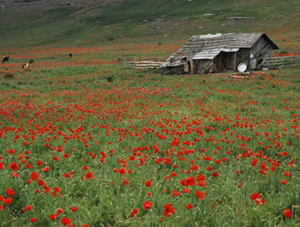 |
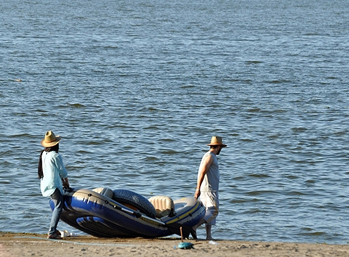 |
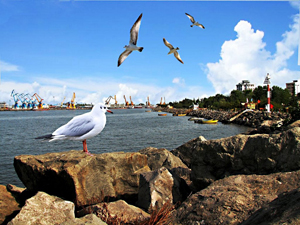 |
 |
|
Tehran is the capital and largest city of Iran. It is located in the northern part of the country below Alborz Mountains. Other large metropolitan areas include, but are not limited to, Mashhad, Isfahan, Tabriz, Shiraz, Ahwaz, Yazd and Hamadan. The population of Iran is mostly urban with people mostly living in large metropolises and sprawling urban complexes around major cities.
|
||
|
|
||
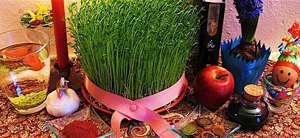 |
Noe-rooz (Persian for “the new day”) represents the arrival of the New Year in Iranian calendar (also referred to as “the Persian New Year), and is the most cherished national festival in Iran. It marks the first day of spring, and begins at the exact time of the vernal equinox in the Northern Hemisphere in late March). Noe-rooz is rooted in a Zoroastrian custom, and has been used to celebrate the arrival of spring at least since the Achaemenid era (5th century BC). Noe-rooz (or a close variation of it) is celebrated in many countries in south, south central, and southwest Asia, including Iran, Iraq, Afghanistan, Tajikistan, Uzbekistan, Azerbaijan, Turkmenistan, Kazakhstan, and Kyrgyzstan. In 2010, the UN General Assembly recognized the International Day of Noe-rooz, describing it as a spring festival of Persian origin which has been celebrated for over 3,000 years. |
|
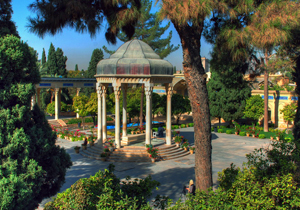 |
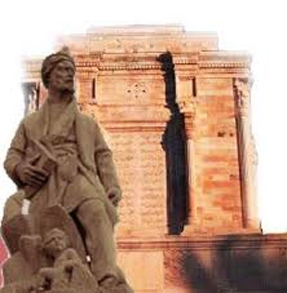 |
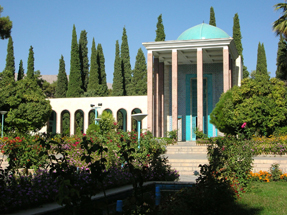 |
|
Tomb of Hafez-shiraz-iran |
Tomb of Ferdowsi-Tous-iran |
Tomb ofSa'di-shiraz-iran |
 |
 |
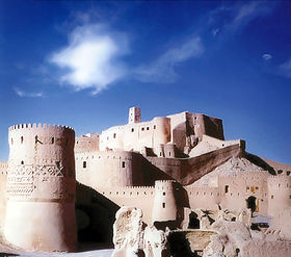 |
| Si-o-Seh Bridge Isfahan, Iran |
nasir-al-mulk-mosque-shiraz-iran |
Arg-e Bam |


